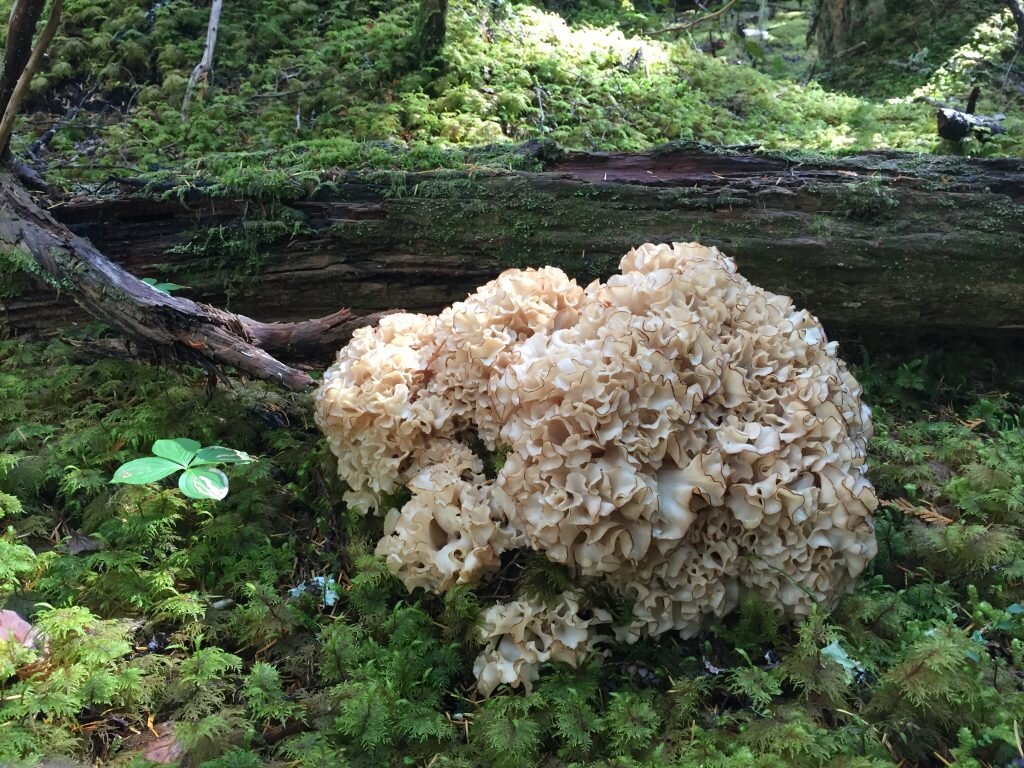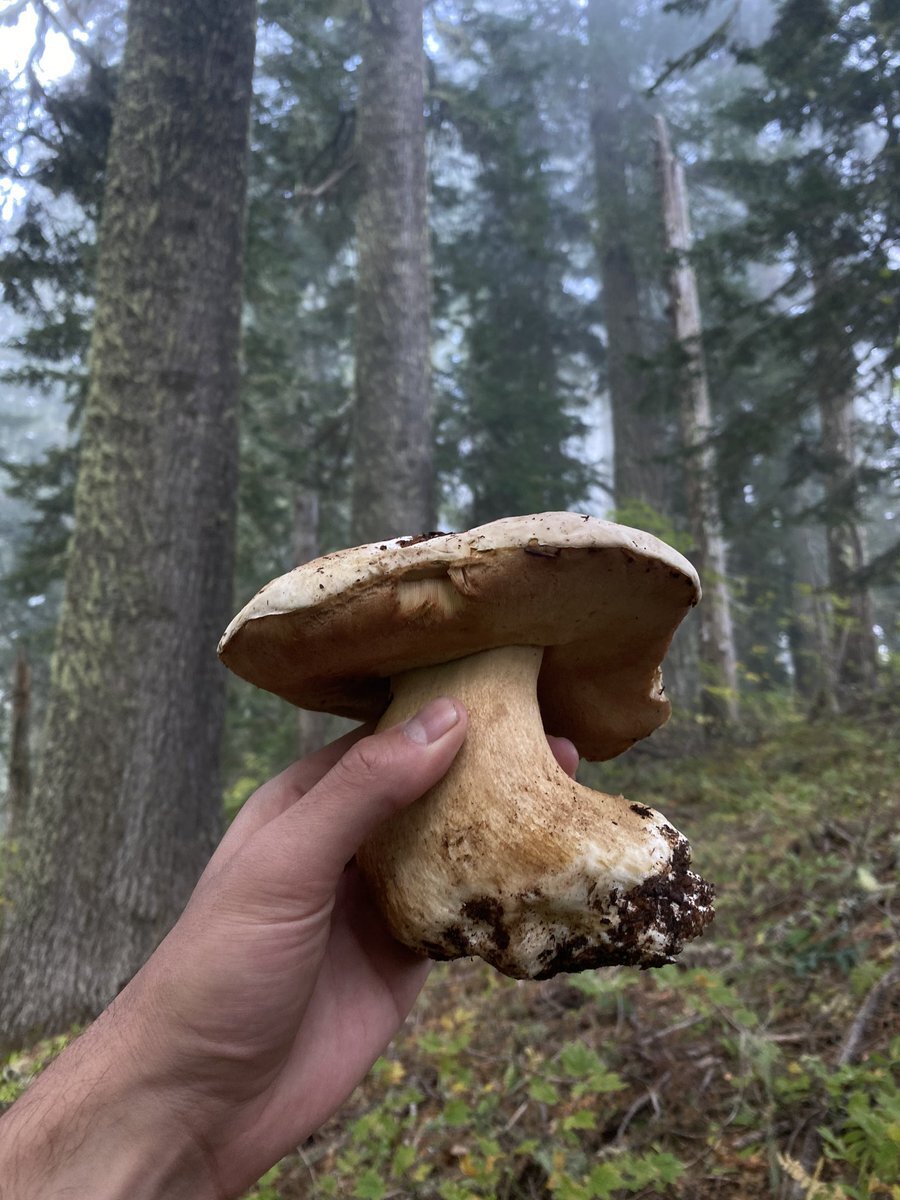Northern California Mushroom Hunting
It’s that time of year! As soon as we get some rain, the mushroom foraging season begins. Pick up a good forager’s manual (some great resources below), but make sure it is for your local ecosystem. These are all varieties that can be found around the Central Coast of California, in the woods near San Francisco.
Below are notes I took from a forager’s class at the California School of Herbal Studies.
Just remember, if you are not 150% positive what it is… do NOT eat it. There are some poisonous ones (like the death cap) that grow best in California than anywhere else in the world, AND are the #1 cause of mushroom deaths.
Let’s start out with the poisonous ones…
And the yummy edibles.
Before we get started, some fun facts about mushrooms:
Know what you are looking for. Mushrooms are a hidden kingdom. They are not an animal or a plant, and actually more closely related to animals. They have no chlorophyll (basic necessity of a plant), and get nutrients by metabolizing organic matter (usually by decaying dead things… literally bringing dead things to life in the form of creation of basic essence of soil).
Mushrooms also breathe oxygen just like humans do. In contrast, plants breathe in CO2 and release O2. The difference with mushrooms is that they don’t have lungs, and their cells exchange gases directly with the atmosphere. If the body of the mushroom is submerged in water, it basically drowns. But mushrooms also have no skin, so they can lose water to the atmosphere quickly. This helps us understand why they love moist environments.
They can literally mushroom over night. While plants and animals grow through cell division (to get bigger they have to produce more cells), mushrooms bodies (the fruit) grow through ENLARGEMENT. As a mushroom starts to develop, it also matures by dividing cells, but an un-fruited mushroom has almost the same number of cells as the mature fruit above ground. Cell division is relatively slow and requires a lot of energy. With ballooning out, basically, the fruit can pop up quickly, with very little energy. The mushroom can grow as fast as water can be pumped into its cells.
If you are new to mushrooms, triple check with someone before trying any thing new. Even if you are seasoned and just trying a new type for the first time, start with cooking and eating only a tiny amount (like a teaspoon’s worth), and one new variety per day. Mushrooms are knon to bother your digestive system, some people more delicate than others, so you’d rather a tiny tummy ache than a whole ruined day (or worse).
Foraging notes, Poisonous Varieties (around Cali)
Amanita muscaria
reindeer LOVE these. like, they will literally knock you over for them
white dots can actually wash off in the rain
can grow in a white “puffball” and have to break open to know what’s inside
they ALWAYS have the vulva at the bottom, so have to dig it up to verify
grows in the soil, aka mycrorizal
in Europe, used topically as a tincture for nerve damage. Doesn’t help the root cause, but helps someone before surgery etc.
Some parboil it a few times to pull out toxins before taking as a psychedelic (or drink from pee other humans or animals to get the high without harsher negative side effects like nausea)
Coccora
an edible amanita
comes up in fall, always have striations, golden brown color cottony vulva (base under ground) hollow stems. on hardwoods OR conifers
Deathcap
#1 cause of mushroom fatalities worldwide (aka destroying angel)
native to Europe and naturalized in CALI, more prolific here than anywhere else.
all white, no remnants
like oak trees
those who HAVE eaten it love the taste (though must have been tiny amounts)
perfect poisons, cycling and destroys liver cells until kidneys can kick it out
looks super “clean”
Jack-o-lantern’s
often in clusters
have true gills.
wont feel well eating these
glow in the dark!
if you dye with mushrooms, these give great purple color
can even make paper with some mushrooms!
Foraging Notes: Edible Mushrooms (around Cali)
Belly button hedgehogs
super tasty, one of faves of teacher
Black Chanterelles
grow winter to spring, later in season
very thin, and very distinct: great beginner’s mushroom
can harvest whole thing, but WASH bc CAN have bugs
cool to have a black mushroom on a pizza
they dry really well
Candy Caps
have a sweet smell that strengthens as you dry them
have a milk, but thinner (really big difference compared to others)
slightly grainy/textured cap
Cauliflower Mushroom
don’t see these a lot, but a REALLY choice edible
distinctive, can be the size of a soccer ball
like wavy noodles
look like coral mushrooms, which are finer
Chanterelles
many species in California along the central coast. many orange (some white too)
can look funky/soft on outside, while strong & fleshy on the inside
can be clustered. if find one, can find others under the leaf layer
really long growing season, fall to early spring, so no bugs, or wouldn't be able to spread its spores.
no true gills
Dyers polypore
young ones look almost felty
on wood buried
can be bright yellow on edge
get very dark brown and can hang around a year of two
give a beautiful yellow dye (on hair too!)
Edible milk caps
bleed orange or red, which will stain green
Latin name: lactarius deliciousus, aka delicious milk
some bleed a white milk, but you don’t want to eat those ones. They do in Russia, where there is a strong mushroom community they salt and eat them.
Honey Mushroom
Actually a parasite. on wood or buried wood.
if see at a base of a tree, want to dig them out bc will eventually KILL THE TREE.
ppl love these
largest organism on earth, found in Oregon, covers 2200 acres.
found out bc tested area where trees killed, foundhoney mushrooms and did DNA tests and found DNA in same area
Lions mane
big pom pom of just teeth
often fruit on the same tree for many years
temp can change the look of mushrooms
Matsutake
very prized in Asia, a single one can sell for $100’s of dollars if in good shape
smells like cinnamon red hots and dirty socks. distinct
always looks dirty, dirt sticks to it (amanitas look more pristine, has to do w tissue)
squeak when you cut them
grows in the soil, aka mycorrhizal
looks like amanita, but no veil
Oyster Mushrooms
grows on dead wood. climb up trees too.
Queen & King Boletes
highly prized, ppl get bolete fever, bc SO tasty
one of first to fruit in the season
love pines and oaks (duff of pine can be so thick, and these can be hiding)
Red pores (satin’s bolete) you DON’T want to eat
to distinguish between the queen & the king…
as the pores age, king bolete turns brown
queen’s bolete turns yellow olive
Shrimp Russula
russulas: some white, some black, some edible some not.
edible one, stem breaks like chalk
no vulva, maroon, wine-purple color
can smell a little fishy, and can have bugs in them
Sulfur Shelf
Grow on eucalyptus, not many others do
will show up BEFORE the rain, or right when it starts, bc moisture in wood
can be really large, 10” wide. thick and dense
need to be really well cooked. don’t agree with digestive system of some
“chicken of the woods”
distinctive when fresh. can look white and break down (past their prime)
Turkey Tail
dandelion of the mushroom world
no dangerous lookalikes, tho there are similar ones that are not known for medicinal properties
used for medicinal/immune properties, and even paper making
hormone related cancers bc block hormone receptor sites.
affinity for lungs
Can throw into broths and beans and not really taste it (unlike reishi, SUPER strong flavor)
wont really saute it, and can dry them, but want to get in a jar and freeze them to prevent little bugs
likes wood, especially oaks
Western Amethyst
purple when fresh, fade to a tan
long stem. small cap
Resources:
Identification Websites
California School of Herbal Studies - Wild Edible Mushroom Identification
Somamushrooms.org Sonoma County Mycology Society
Books
All that the rain promises and more, 20+ years old, pocket guide
California Mushrooms - a little drier/more technical
Cookbooks
mushroom hunters kitchen, Local to Cali
























